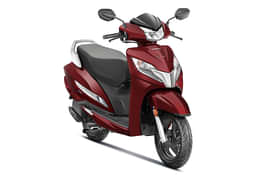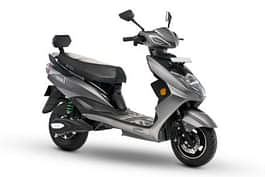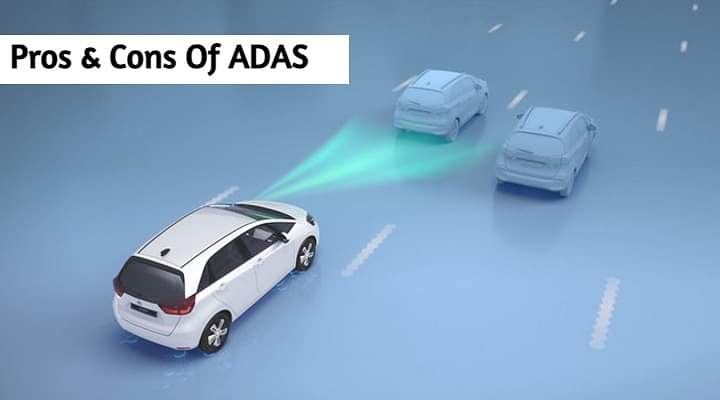
- ADAS is emerging as an important feature for modern cars
- This feature enhances the safety of the vehicle as well as the pedestrians on the road
- ADAS include different features which controls different aspects of a car
Advanced Driver Assistance Systems (ADAS) is currently a crucial component and a selling point for cars. ADAS is a practical safety feature which enhance the safety of occupants. In India, consumers now want their cars to include this capability, which has become a new popular feature. The first mass-market SUV in India with an ADAS Level-1 function was the MG Gloster. Following this, Mahindra unveiled the XUV700, the first SUV under Rs 30 lakh with ADAS. In order to improve their offerings, other manufacturers are now including ADAS or some of its functions in their vehicles. Here in this article we'll look at the pros and cons of ADAS.
What Is ADAS?

Advanced driver assistance systems are modern conveniences made specifically to keep drivers safe while operating a car. The human-machine interface used by the ADAS system in automobiles helps drivers respond more quickly to potential traffic hazards. Automatic braking, lane departure warning assistance, adaptive cruise control, collision mitigation warning, blind spot monitoring, traffic sign recognition, and other functions are among them.
Pros
Safe For The Vehicle & Other People On Road

ADAS provides automated safety system adaption and improvement for a better driving behaviour. With the use of technologies that warn drivers of possible dangers or take over control of the vehicle to avoid them, ADAS systems are designed to prevent crashes.
Also Read: BYD ATTO 3 Electric Launched At Rs 34 Lakh, Comes With 521 Km Range
Automatic Features Come To Rescue
Automated lighting, adaptive cruise control, and collision mitigation alert all have navigational alerts built in to warn drivers of possible hazards including cars in their blind areas and lane deviations, among others. In the event that drivers do not respond quickly enough to an emergency, automated emergency braking engages and applies the brakes on their behalf. In addition, adaptive cruise control allows ADAS to change a vehicle's speed in response to traffic, while lane departure warning stops lane wandering.
Sensors Avoid Major Crashes and Prevent Human Error
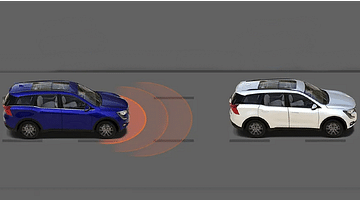
The goal of ADAS systems, which include pedestrian and and other vehicles risk detection systems that can warn the driver in real time or apply the brakes automatically, is to reduce the effects of human mistake. Future sensors may be able to adjust themselves to focus on the inherent reliability and safety of these systems.
Cons
Drivers Get Too Much Relied On The System
Drivers' overdependence on ADAS is one factor that makes it risky for occupants as well as pedestrians. Additionally, they could disable their ADAS functions because the technology might be problematic for drivers if it misinterprets what is happening outside the car. For instance, if ADAS features wrongly detect that a car has passed another too closely, the systems may abruptly reduce or stop the car's speed, which might be hazardous.
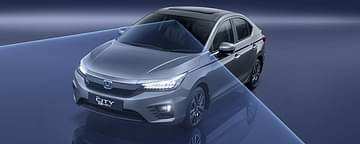
Indian Roads Are Not ADAS Friendly
While the majority of recently constructed highways have the appropriate road markings, several inner highways and roads still lack these markers. Additionally, sudden highway turns make it difficult for the ADAS system to identify an approaching vehicle or pedestrian. The ADAS system requires appropriate marking and road signs so that the sensors can function effectively.
Maintenance & Repair of ADAS System is Costly
Another obstacle to implementing ADAS is the expense of insurance and maintenance. ADAS-equipped automobiles are significantly more expensive to repair, which drives up insurance costs. Additionally, specialized personnel with the necessary system knowledge are required to fix ADAS-equipped automobiles.
Verdict: The Advanced Driver Assistance Systems (ADAS) is widely spread in global market. Indian market is comparatively new when it comes to these modern features. Some manufacturers in India are now offering ADAS in their vehicles now as people are getting aware of this technology. Some ADAS equipped vehicles in India are Mahindra XUV 700, MG Gloster, BYD ATTO 3, Hyundai Tucson and more.















































